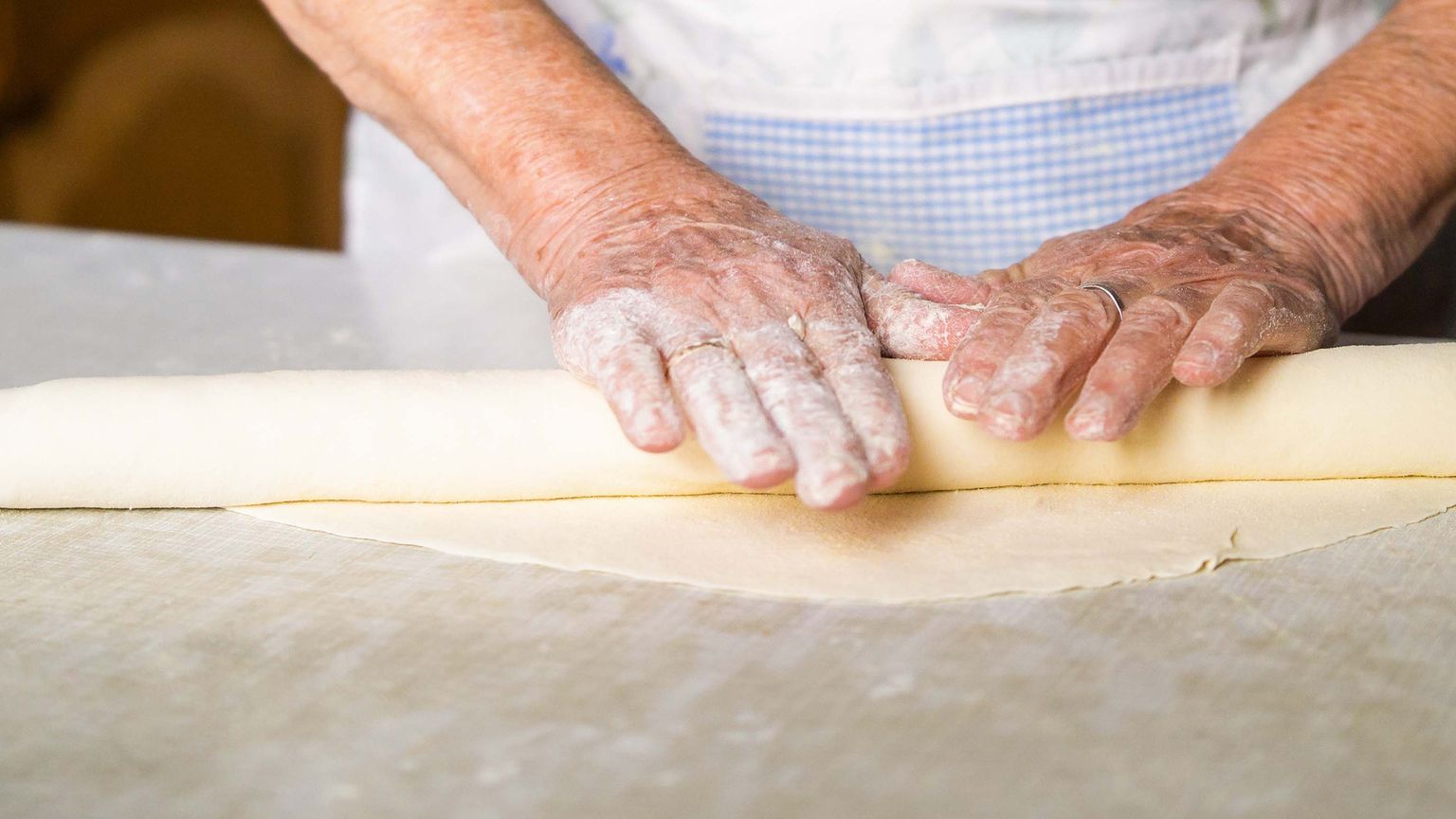Tips for eating in Italy
If the closest you’ve come to an authentic Italian meal is spaghetti and meatballs with a glass of red wine, the following tips will help you decipher Italian food menus so you can order like a local.
If the closest you’ve come to an authentic Italian meal is spaghetti and meatballs with a glass of red wine, the following tips will help you decipher food menus so you can order like a local while on tour in Italy.
Where to eat
There are many different types of eating establishments in Italy to choose from. A few of the most typical are:
Bar
Found on almost every street corner in Italy, bars offer coffee and a wide variety of other beverages. In most bars, you’ll place your order and pay first at the register before taking your ticket to the counter to receive what you paid for.
Caffè
A bustling coffee shop that may offer breakfast or a panini but typically does not serve much food.
Osteria
Offering simple fare and wine, an osteria is a smaller restaurant. Menus are small and focus on local specialties and/or ingredients, but be warned: simple does not always mean inexpensive.
Trattoria
Traditionally family-run, these reasonably priced restaurants serve typical Italian food. Less casual than a ristorante but more formal than an osteria, trattorias often serve food family-style. We recommend staying away from the tourist menu—ask your server for their recommendation!
Ristorante
Ristorantes offer a wide variety of food but can vary greatly in price and formality. Like the majority of restaurants in Europe, you’ll have to specifically ask for the check when you want to pay and leave—it’s considered rude for waitstaff to interrupt diners, which is a great thing for enjoying a leisurely meal.
Autogrill
Markets or restaurants found in rest areas off the expressways, autogrills offer a wide variety of snacks perfect for a picnic on the go or a quick bite to eat.

On the menu
In Italy, dishes are usually served in a specific order. In order of appearance on a typical menu there is:
1. L’antipasto, which literally means “before the meal” and includes hot and cold appetizers such as crostini, bruschetta, and mozzarella.
2. Il primo, or “first course” is a smaller plate of pasta, minestrone, risotto, or zuppa (soup).
3. Il secondo, or “second course” generally functions as the main course of the meal—often meat, poultry, game, or fish.
4. Il contorno, or “side dish” which consists of vegetables such as melanzane (eggplant), spinaci (spinach), or insalata mista (mixed salad).
5. Il dolce, or “dessert,” which includes such favorite sweets as tiramisù, torta della nonna (custard shortbread pie), or zabaglione (custard of egg yolks with wine and brandy).

How to order
Italians often say “Buon appetito!” or “Enjoy your meal” when the first course is served, and “Salute!” or “To your health” when toasting with a drink.
Sip cappuccinos at breakfast
In Italy, those deliciously frothy coffee drinks—cappuccinos and caffe lattes—are ordered only at breakfast. Espresso is what’s in your drink, but expresso is the name for a fast train!
Order pasta “al dente”
Al dente means “to the tooth,” or slightly chewy, and is the optimal texture for eating pasta or rice. “Al forno” refers to pasta that has been finished off in the oven, like a lasagna or casserole.
Paying the bill
By Italian law, the gratuity is included in the bill, and extra tipping isn’t necessary. (If the service warrants it, you can leave your waiter a little extra.) To ask for the bill, say: “Il conto, per favore.” If you want the waiter to keep the change, say: “Tenga pure il resto.”
Hungry for an Italian adventure? Check out our Italy tours.





































































































